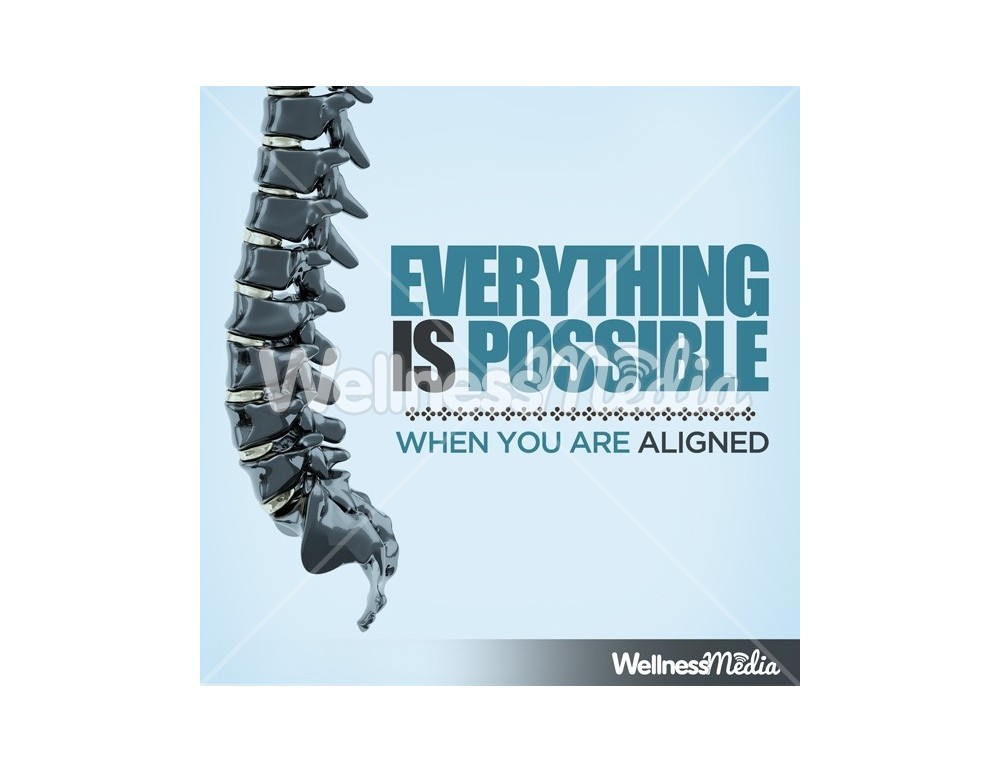The Function Of Stance In Pain In The Back: Tips For Achieving And Keeping Good Alignment Throughout Your Day
The Function Of Stance In Pain In The Back: Tips For Achieving And Keeping Good Alignment Throughout Your Day
Blog Article
Content Create By-Williford Rollins
Maintaining appropriate position isn't just about sitting up straight; it's about straightening your body in such a way that supports your spine and minimizes the danger of pain in the back. The method you sit, stand, and move throughout the day can significantly affect your back health and wellness. But just how precisely can you make sure great positioning constantly, also during hectic days full of numerous activities? Let's dig deeper right into the refined yet impactful adjustments you can make to your day-to-day regimen to maintain your back happy and healthy and balanced.
Importance of Appropriate Stance
Correct stance is vital in maintaining a healthy and balanced back and preventing discomfort. When you rest or stand with good posture, your back remains in alignment, lowering strain on your muscle mass, tendons, and joints. This positioning enables the body to distribute weight uniformly, preventing too much stress on specific locations that can bring about pain and pain. By maintaining your spine correctly lined up, you can likewise improve your breathing and food digestion, as slouching can compress organs and limit their capability.
Furthermore, keeping excellent posture can enhance your total look and confidence. When you stand tall with your shoulders back and head held high, you show self-confidence and show up even more friendly. Excellent stance can additionally make you really feel much more invigorated and sharp, as it promotes proper blood flow and enables your muscular tissues to function efficiently.
Incorporating appropriate position into your day-to-day regimen, whether resting at a desk, strolling, or working out, is vital for stopping neck and back pain and advertising general health. Bear in mind, a small modification in exactly how you hold yourself can make a significant difference in exactly how you really feel and function throughout the day.
Common Postural Mistakes
When it comes to keeping good stance, several people unconsciously make typical blunders that can contribute to back pain and pain. One of the most widespread mistakes is slouching or hunching over while resting or standing. This setting puts excessive pressure on the back and can cause muscle mass imbalances and discomfort in the future.
An additional usual error is overarching the reduced back, which can flatten the natural contour of the spinal column and create pain. In addition, going across legs while sitting may feel comfortable, but it can create an inequality in the hips and pelvis, causing postural issues.
Making use of a cushion that's also soft or as well strong while sleeping can also influence your placement and contribute to neck and back pain. you can look here but not least, continuously craning your neck to check out displays or adjusting your placement often can stress the neck and shoulders. Bearing in mind these common postural errors can aid you keep far better placement and reduce the danger of neck and back pain.
Tips for Correcting Alignment
To enhance your positioning and decrease pain in the back, it's vital to focus on making small modifications throughout your day-to-day routine. Beginning by being mindful of your pose. When resting, guarantee discover here are level on the flooring, your back is straight, and your shoulders are relaxed. Stay clear of slouching or leaning to one side. Use ergonomic chairs or paddings to sustain your reduced back.
When standing, distribute your weight equally on both feet, keep your knees a little bent, and tuck in your pelvis. Engage your core muscular tissues to support your back. Take breaks to extend and walk if you have a sedentary job. Integrate workouts that enhance your core and back muscular tissues, such as slabs or bridges.
While resting, utilize a pillow that supports the natural curve of your neck to preserve correct back alignment. Avoid sleeping on your tummy, as it can stress your neck and back. By bearing in mind these pointers and making small modifications, you can gradually correct your placement and minimize pain in the back.
Final thought
Keep in mind, maintaining great stance is essential to preventing back pain and advertising back health. By being mindful of your placement, dispersing weight equally, and engaging your core muscular tissues, you can minimize stress on your back and lessen the risk of discomfort and injury. Incorporate ergonomic assistance, take normal breaks to extend, and strengthen your core and back muscular tissues to preserve correct positioning throughout the day. Your back will certainly thanks for it!
